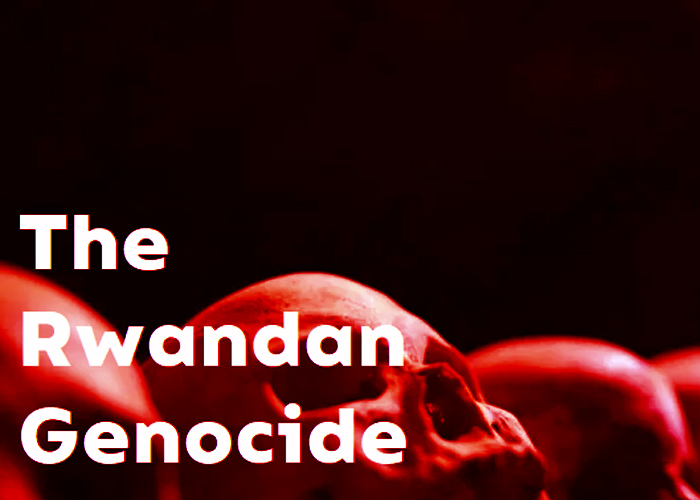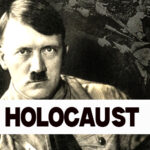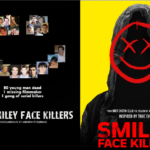In 1994, one of the most horrifying genocides in modern history took place in Rwanda, a small landlocked country in Central Africa. Over the course of just a few months, between April and July, around 800,000 people were brutally killed in a violent wave of hatred that left the world in shock. The genocide was fueled by ethnic tensions between two main groups, the Hutu and the Tutsi, leading to a nightmare of violence, killing, and destruction that forever changed the nation. But how did this tragedy unfold, and what was the true cause behind the mass slaughter?
The Roots of the Conflict: What Led to the Rwandan Genocide?

Before the violence erupted, Rwanda had experienced years of ethnic tension, with the Hutu and Tutsi groups living side by side but often facing a history of division. The first spark of this conflict can be traced back to the colonial period when European powers like Belgium took control of Rwanda in the early 20th century.
Under Belgian rule, the Tutsi minority was favored, given preferential treatment in terms of education, employment, and political power. The Hutus, who made up the majority of the population, were marginalized and treated as second-class citizens. The Belgians imposed these divisions to maintain control over the population, strengthening the Tutsi dominance and creating a deep sense of resentment among the Hutus.
Even after Rwanda gained independence in 1962, tensions between the two groups remained high. In 1973, a Hutu-led government took control, and over the decades, the situation worsened, with political and social exclusion, violence, and resentment on both sides.
But the true trigger for the 1994 genocide happened on April 6th, when the plane carrying the Rwandan president, Juvenal Habyarimana (a Hutu), was shot down. The identity of the perpetrators is still debated, but the death of Habyarimana ignited the violence that had been simmering for decades. Radical Hutu extremists blamed the Tutsi community for the assassination and used it as an excuse to launch an all-out attack.
The Killing Begins: How the Genocide Unfolded
After the president’s assassination, a military-led government, filled with extremist Hutus, was quick to declare war. But instead of just fighting an enemy on the battlefield, they began systematically targeting the Tutsi population. What followed was a genocide of unimaginable brutality.

Weapons of Mass Murder
The weapons used during the genocide were mostly simple, brutal tools of death: machetes, rifles, clubs, and grenades. Machetes, in particular, became a symbol of the horror, as they were cheap, easy to acquire, and incredibly effective for close-range violence. For many, the machete represented the inescapable terror of the genocide. People were slaughtered in the streets, in their homes, in churches, and in schools, as the killers—many of whom were neighbors, friends, and even family members—carried out the mass killings.

In addition to machetes, the Hutu extremists used small arms and automatic rifles to shoot those they couldn’t get close to. Some roadblocks were set up to stop cars and buses, forcing passengers to identify themselves as Tutsi or Hutu. If you were a Tutsi, you were often killed on the spot.
The Role of Radio and Propaganda
A key element in the success of the genocide was the spread of hateful propaganda. Radio stations, most notably Radio Télévision Libre des Mille Collines (RTLM), broadcasted messages inciting violence. The station referred to the Tutsi as “cockroaches,” urging Hutus to exterminate them. This was a form of psychological warfare that dehumanized the Tutsi people and made it easier for ordinary Hutus to justify their actions.
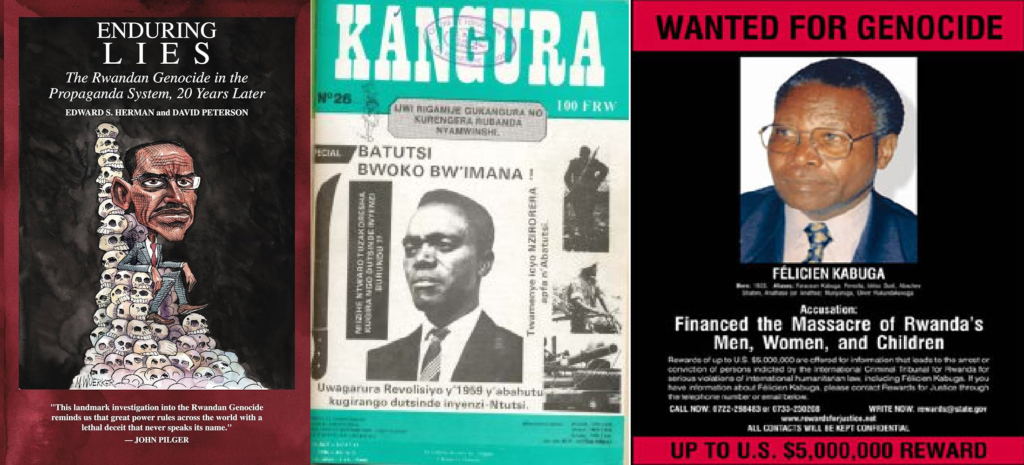
The Locations: Bloodshed Across Rwanda
The killings didn’t happen in isolated spots—they were everywhere. Kigali, the capital, saw some of the heaviest fighting and bloodshed. But it wasn’t just in the city—rural areas, towns, and villages were just as affected. One of the most infamous locations was the Nyamata church, where thousands of Tutsi people had sought refuge, only to be slaughtered by militia forces. Even places where people had gathered for protection, such as schools or hospitals, became killing fields.
The Colors of Hate: How the Hutu Extremists Organized
The genocide was carried out by both regular military forces and militias known as the Interahamwe, which was a Hutu extremist group. These militias wore uniforms that identified them as part of the group, with some sporting bright colors and symbols like red armbands. The presence of these armed militias made it clear that the violence was organized and systematic. The perpetrators often worked in groups, sweeping through neighborhoods, and checking for Tutsi targets, sometimes even going door to door.

As the violence escalated, the international community stood by, either unwilling or unable to intervene in any meaningful way. Despite clear signs of genocide, the United Nations peacekeeping force in Rwanda was under-resourced and unable to stop the slaughter. Countries and organizations, like the UN, failed to take swift action to stop the violence. The international community’s inaction remains one of the most shameful aspects of the Rwandan Genocide.
The Consequences: What Happened After the Genocide?
The aftermath of the genocide was devastating. Families were torn apart, and entire communities were destroyed. As the world watched in horror, Rwanda was left in ruins, with millions of people dead and thousands of survivors left to pick up the pieces. The country was also left with a deep emotional scar, as many of the perpetrators were regular citizens, neighbors, and even family members.
The Role of the Tutsi-led Rwandan Patriotic Front (RPF)
By July 1994, the Tutsi-led Rwandan Patriotic Front (RPF) had successfully taken control of the country, ending the genocide. The RPF, led by Paul Kagame, had been fighting the Hutu-led government for years, and in the wake of the genocide, they were able to restore order to the country. However, the new government faced the impossible task of rebuilding Rwanda while also dealing with the massive trauma and scars left by the genocide.
The Psychological Impact
The psychological toll of the genocide was profound. Survivors faced an endless list of challenges: the grief of losing family members, the trauma of witnessing horrific acts of violence, and the challenge of finding justice for the crimes that were committed. The emotional and mental scars still affect many Rwandans today.
International Response and Justice
The international response to the Rwandan Genocide was criticized for being slow and ineffective. The United Nations and other world powers failed to intervene during the crucial early days of the killings. However, after the genocide ended, the UN set up the International Criminal Tribunal for Rwanda (ICTR) in 1995 to prosecute those responsible for the genocide. Hundreds of individuals were tried for their crimes, including members of the government, military, and militia groups.
Moving Forward: Rwanda’s Recovery
After the genocide, Rwanda faced the impossible task of rebuilding from the devastation. The country has since made remarkable progress. Under the leadership of Paul Kagame, Rwanda has experienced economic growth, stability, and a commitment to reconciliation. The country has worked hard to bring perpetrators to justice while encouraging forgiveness and unity among its people. However, the legacy of the genocide still looms large in the minds of many Rwandans.
The Legacy of the Genocide: Remembering the Victims
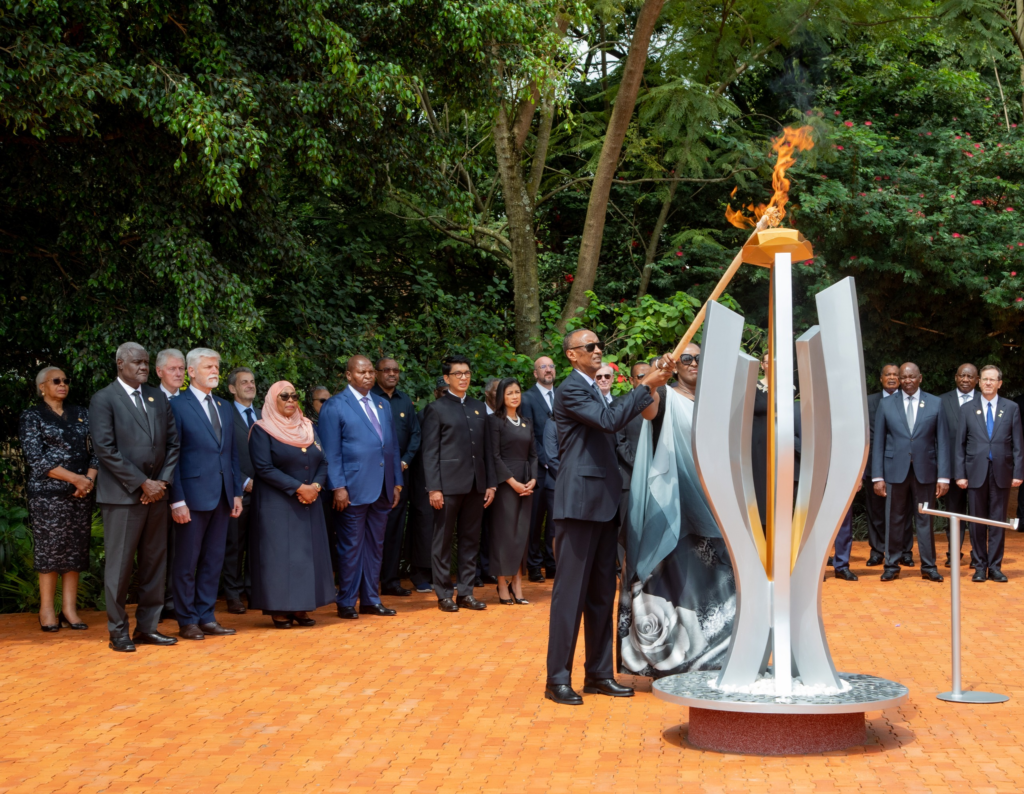
Today, Rwanda holds an annual remembrance event known as “Kwibuka” to honor the victims of the genocide. It serves as a time for reflection and education, ensuring that the next generation understands the horrors of the past and the importance of building a peaceful future.
Conclusion: A Call for Understanding and Prevention
The Rwandan Genocide was a terrible chapter in the world’s history, but it also serves as a reminder that hatred, fear, and division can lead to unimaginable tragedy. We must never forget what happened in Rwanda, not just to remember the lives lost but to ensure such violence is never repeated. Rwanda’s recovery is a story of resilience and forgiveness, but it is also a stark warning to the world about the destructive power of hatred.
As we look back on the events of 1994, we must ask ourselves: how can we prevent such atrocities in the future? The answer lies in education, tolerance, and a shared commitment to protecting human rights for all.
Thank you so much for taking the time to read this article.
I truly appreciate your interest in learning more about such an important and heartbreaking event in history. The information in this article is based on various sources gathered from across the internet, and I’ve done my best to present it as accurately as possible. However, if you notice any mistakes or have further insights, please feel free to share them. Your feedback is always welcome and helps me improve the content. Thank you again for your time and attention!


